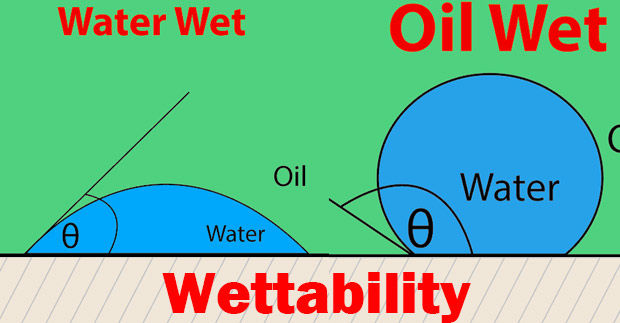
Bakken Regional Shale Study

Share
Description of Service
Bakken Regional Shale Study
Analysis of 76 wells
The Bakken Formation is the largest continuous crude oil accumulation in the United States.
This study provides insight into the connectivity of textural attributes of the wells.
The Bakken Formation (Late Devonian to Early Mississippian) covers approximately 200,000 square miles across western North Dakota, eastern Montana, and southern Saskatchewan, Canada within the Williston Basin. The Bakken lies between the overlying Lodgepole Formation, which is conformable in most areas, and the underlying Three Forks Formation, which is unconformable. The formation was initially described by geologist J.W. Nordquist in 1953. The formation is entirely in the subsurface, and has no surface outcrop. It is named after Henry Bakken, a farmer in Tioga, North Dakota who owned the land where the formation was initially discovered, during drilling for oil.
The Bakken Formation consists of three distinct members. The upper and lower members are black, organic-rich shales and are widely recognized as world-class source rocks. These members also serve as very effective seals owing to their very low permeability. Permeability ranges from 0.01 mD to 20 mD. The middle member is the primary oil-producing member and predominantly composed of siltstones and sandstones, but also has low porosity (1% – 15%) and permeability (0 – 20 millidarcies), particularly for a reservoir rock. The shales were deposited in relatively deep anoxic marine conditions, and the dolomite was deposited as a coastal carbonate bank during a time of shallower.
Because of the strong contrast in lithology, the Bakken Formation is readily recognizable in wireline logs. The upper and lower shales have unusually high gamma ray readings and high resistivity, while the middle member has a signature similar to clastic and carbonate rocks.
The application of hydraulic fracturing and horizontal drilling technologies has created a boom in Bakken production since 2000. The presence of vertical to sub-vertical natural fractures makes the Bakken an excellent candidate for horizontal drilling in which a well drills horizontally along bedding planes, rather than vertically through them. In this way, a borehole can contact many thousands of feet of oil reservoir rock in a unit with a maximum thickness of only about 140 feet. By the end of 2010, oil production rates had reached 458,000 barrels per day.
Deliverables
Reservoir Potential Evaluation
NULOOK® Shale Analysis
- 76 wells
NUSTIM® Geomechanical Analysis
- 76 wells
NUVIEW® 2D Attribute Mapping
- Formation Parameters
- Petrophysical Parameters
- Fluid Parameters
- Cross Sections
- Geochemical Parameters
What You Will Get From Purchasing This Professional Service. Deliverables
Bakken Regional Shale Study
Analysis of 76 wells
Duration To Complete Service. How Long Before Service Is Completed
1-4 weeks

About NUTECH
The intel gathered and shared by our unique, integrated process and one-of-a-kind team of experts informs the entire life cycle of an asset. Having analyzed nearly 100,000 wells for more than 500 clients in every major play in the world, no one can provide a clearer picture of an asset’s value.
A privately-owned, comprehensive global oilfield services company, NuTech was founded in 1998 by ex-Schlumberger and Numar/Halliburton executives who pioneered Nuclear Magnetic Resonance research and development.
Ratings & Reviews
No Ratings & Reviews given yet..
More Professional Services From NUTECH
Similar Services (Recommended services)


International Technical Assistance Consultants (ITAC)
10,000.00 - $10,000,000.00


Tom Selman
1,000.00 - $100,000.00


Martins Peter
10,000.00 - $10,000,000.00


Strata GeoResearch
5,000.00 - $250,000.00


RenaServ (Renaissance Oilfield Services)
5,000.00 - $250,000.00


Daly & Inamdar, Advocates
5,000.00 - $1,000,000.00
















